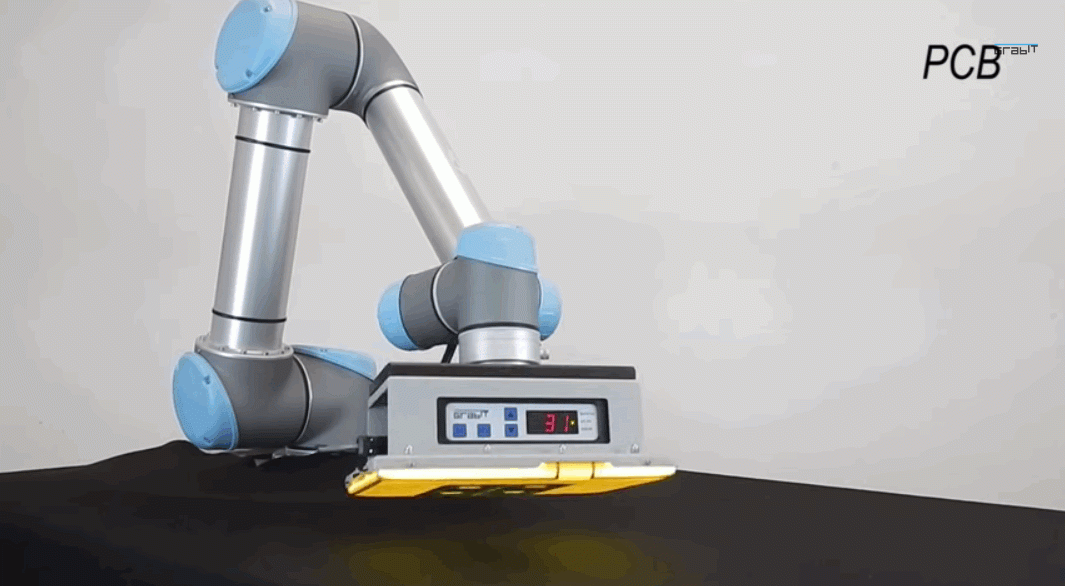Nike's New Robots Could Change Sneaker Manufacturing Forever
new electromagnetic robots might have just solved a problem that the sneaker industry has been working on for years. As reports, the most labour-intensive part of making sneakers is assembling their uppers. Over the years, brands have found ways to use machines, gadgets and doodads to automate every other aspect of the build, but piecing together layers has always been a task only humans were equipped for. Now, however – just as many science fiction narratives have warned – machines have found yet another way to make us obsolete.
These sneaker-making T1000s are made by a Californian robotics company called Grabit, which specialises in ‘electroadhesion’ – a process that harnesses charges of static electricity on a grand scale. The industrious bots weren't initially designed with manufacturing in mind, but rather as machines that could use their clutching capabilities to scale walls and provide unique surveillance vantages.
https://www.youtube.com/embed/WC8XtH9i7qk
Despite that, Nike seems to have coaxed them into the apparel industry. The crew in Beaverton began investing in the venture years ago, and has now employed the machines to build sneaker uppers. Though they still require human surveillance, the robots have drastically sped up the process. Software, combined with the ease with which it can manipulate objects, allows a Grabit bot to complete an upper some 16-24 times faster than its organic predecessor.
What does this mean for the sneaker industry? Well, for starters it could mean a huge cut to the number of employees involved in the manufacturing process. And, while people would lose their jobs, this would grant Nike the opportunity to move their production from controversial overseas factories to US soil. It could also reduce sneaker prices; who knows, it might even make affordable one day. As for bot costs, Nike are investing over $100k in each – but the cost is expected drop. If it ever falls enough for the tech to be implemented en mass, the sneaker industry might never look the same again.



